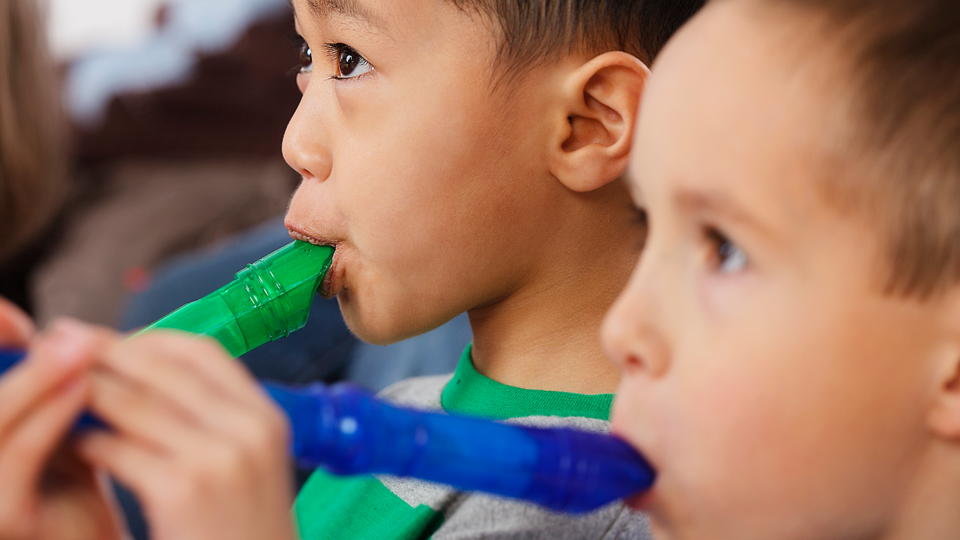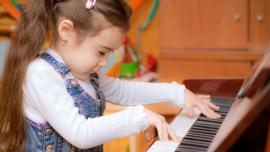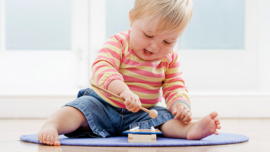The role of parents in early music education

Here’s an easy-to-follow five-point plan to support your child's music learning.
Parents often wonder what they can do to help their children with music learning. Here’s an easy-to-follow five-point plan to assure your child’s success:
- Start young! Music learning, like language learning, should begin early in a child's life.
- Choose accurate models of musical performance. Children learn the performance skills of singing and rhythmic movement by imitating models.
- Listen well—listen often. Although children benefit from background music, they gain the most from hearing music at the forefront–when parents listen with their children and focus on features of the music.
- Make it exciting: participate. It’s enjoyable to engage in music activities with your child. They’ll find it encouraging, and it presents opportunities for feedback as your child negotiates the trial-and-error process of learning to imitate performance models.
- Seek out a substantive program of music instruction. A substantive program of instruction goes beyond the informal music playtime. It’s designed for young children and is carefully planned and sequenced.
It’s good to remember that all parents can play an important role in their children’s music learning experience. A nurturing parent whose smile, facial expressions, hugs, applause, and other signs of encouragement add to the excitement of learning music, can enhance any music learning program. A substantive program of music education for children is also good for adults: You never outgrow the pleasure of learning music.
TIP: Find opportunities for your child to engage in musical activities with other children.
The Tuneables: “I Love Music!” uniquely engages children in a proven music education program designed to maximize music learning and general cognitive development. It requires learning accurate singing and rhythmic performance skills, a vocabulary of tonal and rhythmic patterns, a sense of tonality and rhythmic meter, and a repertoire of songs and musical masterworks. It also requires engaging the child in such mental functions as imitation, recall, recognition, and improvisation. Learning is accomplished through a carefully sequenced curriculum, clear and memorable instruction, and accurate models of performance for children to imitate.
ACTIVITIES: Try these fun ways to incorporate early music education into your children's lives.
- Play a recording of a march (e.g., “Stars and Stripes Forever”) and move to the beat by lap-patting, tapping on the floor, or marching. What Kids Learn: Strengthens the feel for the beat through different methods of movement.
- Experiment with singing long and short tones using one syllable words, e.g., la, bah, hah). Select pitches that are in the upper part of the child’s singing range. What Kids Learn: Singing tones of different lengths with easily sung syllables helps develop pitch accuracy, tone quality, vocal strength and breath control.
- Tap or lap-pat 8 to 16 beats and encourage child to imitate. Experiment with different speeds (faster or slower). What Kids Learn: Imitating someone performing beats at different tempos improves the timing of muscle movements required for precise beat performance in music.











